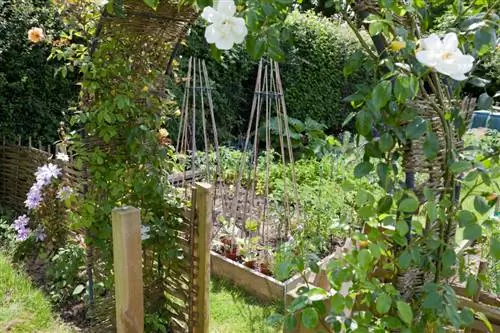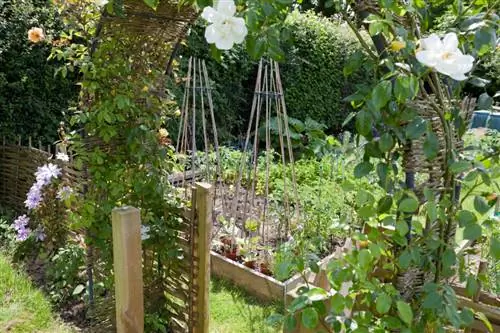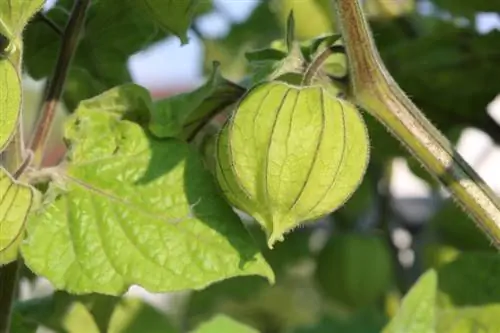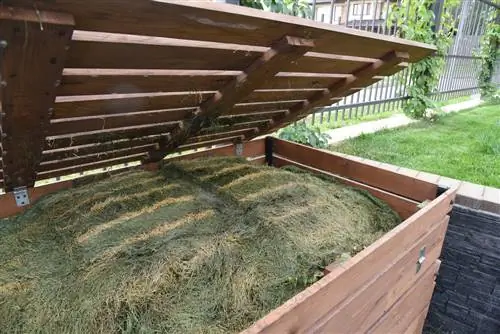- Author admin [email protected].
- Public 2023-12-16 16:46.
- Last modified 2025-06-01 06:02.
Thanks to its magnificent flowers and breathtaking vigor, the clematis is rightly considered the queen of climbing plants. In order for the clematis to assert its royal presence in the garden, these care measures are important.

How do you plant a clematis climbing plant correctly?
To optimally plant a clematis climbing plant, choose a partially shaded, wind-protected location with nutrient-rich soil and a pH value of around 6.0. Plant it in autumn, with two pairs of eyes underground, and ensure a Drainage and climbing aid. Cut back young vines in spring.
The best planting time and the ideal location - an overview
The clematis receives optimal starting conditions if it is planted in the ground between August and October. At this time the soil is warm from the sun, so the roots can establish themselves easily. Choose a location with these conditions:
- Partly shaded, warm and protected from the wind
- Nutritious, humus-rich soil, fresh, moist and well-drained
- With a favorable pH value around 6.0
So that the clematis really feels at home, its head should be blessed by the sun and its foot should be shaded. Where this requirement is not automatically met due to the lighting conditions, adequate underplanting provides important shading of the root area. Suitable candidates are pretty blue cushions or graceful purple bells.
Proper planting - that’s what matters
The planting hole for a clematis should be so deep that two pairs of eyes with the root ball are inserted below the surface of the soil. Thanks to this care, the clematis will root more vigorously. In addition, these sleeping buds serve as a reserve if the above-ground tendrils fall victim to clematis wilt. Since the fungal spores do not penetrate underground, the clematis sprouts happily again.
Don't forget to spread drainage made of grit or gravel at the bottom of the planting pit to effectively prevent waterlogging. Plant the root ball in a slight slant towards the climbing aid. It is important to note that the young plant receives a planting cut the following spring. Cut all tendrils back to 20 or 30 centimeters to create lush branching.
Tips & Tricks
Since a clematis has no adhesive organs, it relies on a climbing aid. If you offer your clematis a trellis or a rope system with numerous struts, it will wind itself towards the sky with its strong petioles. Since the beauty of the flowers favors a vertical direction, the tendrils are directed in the horizontal direction of growth using plant ties (€8.00 on Amazon) or clamps.






